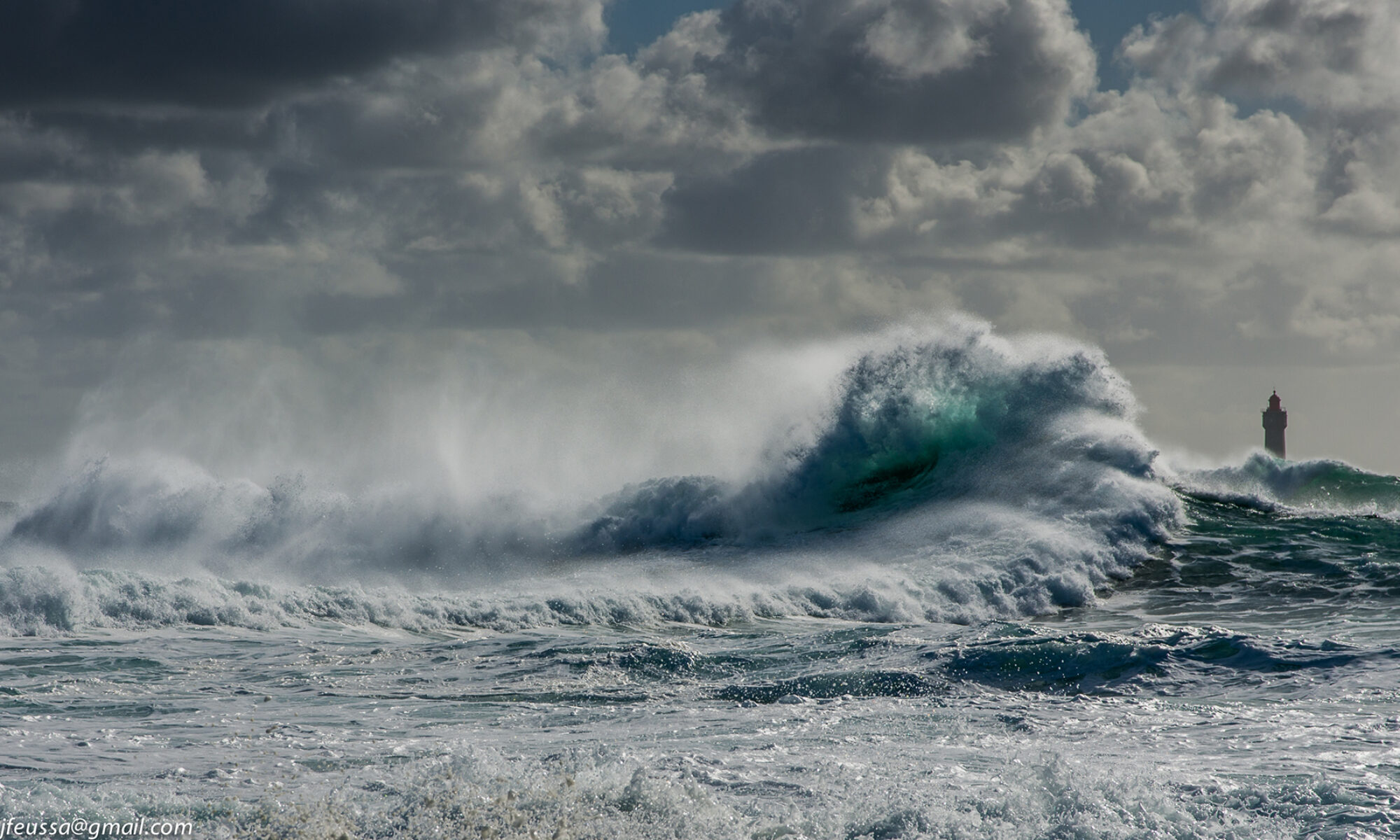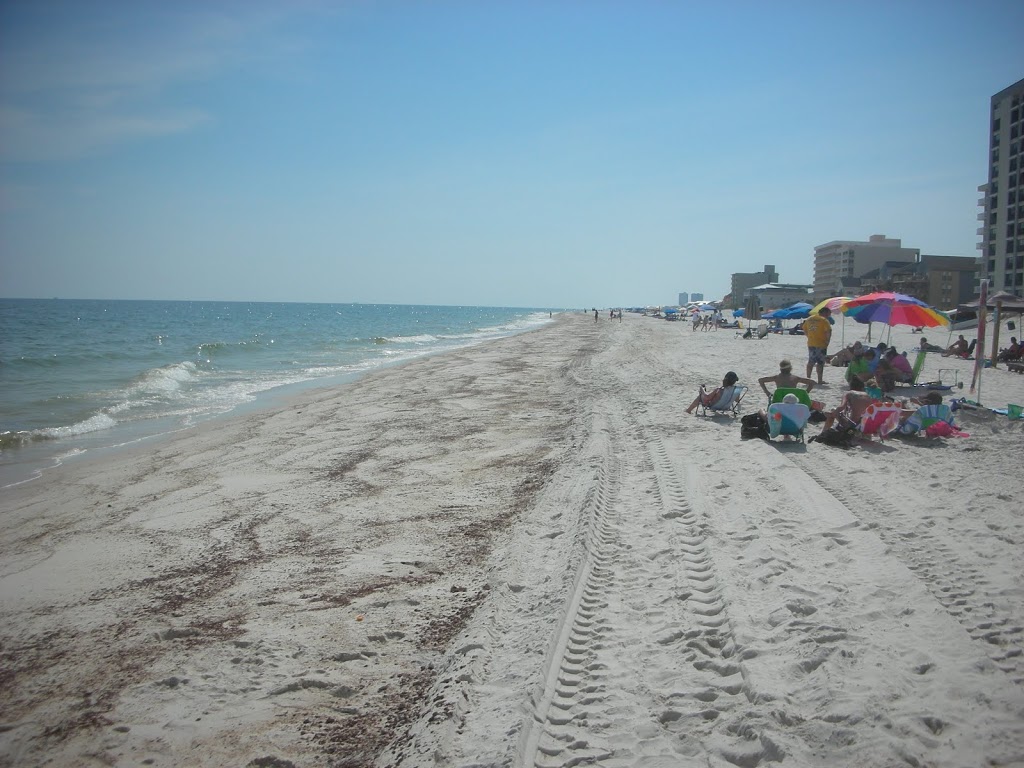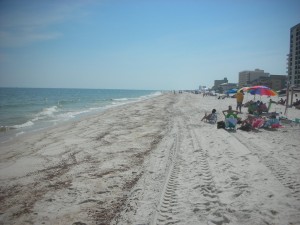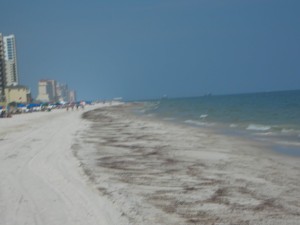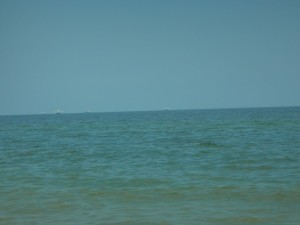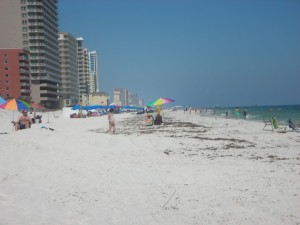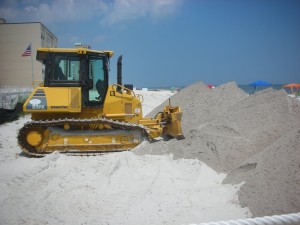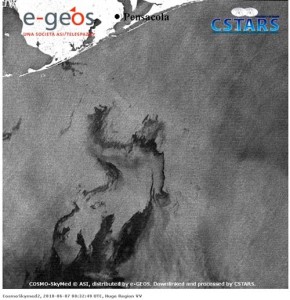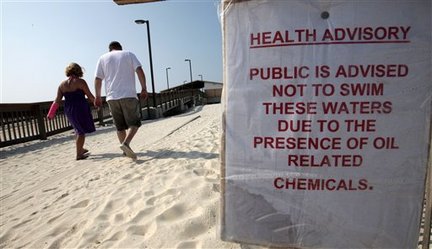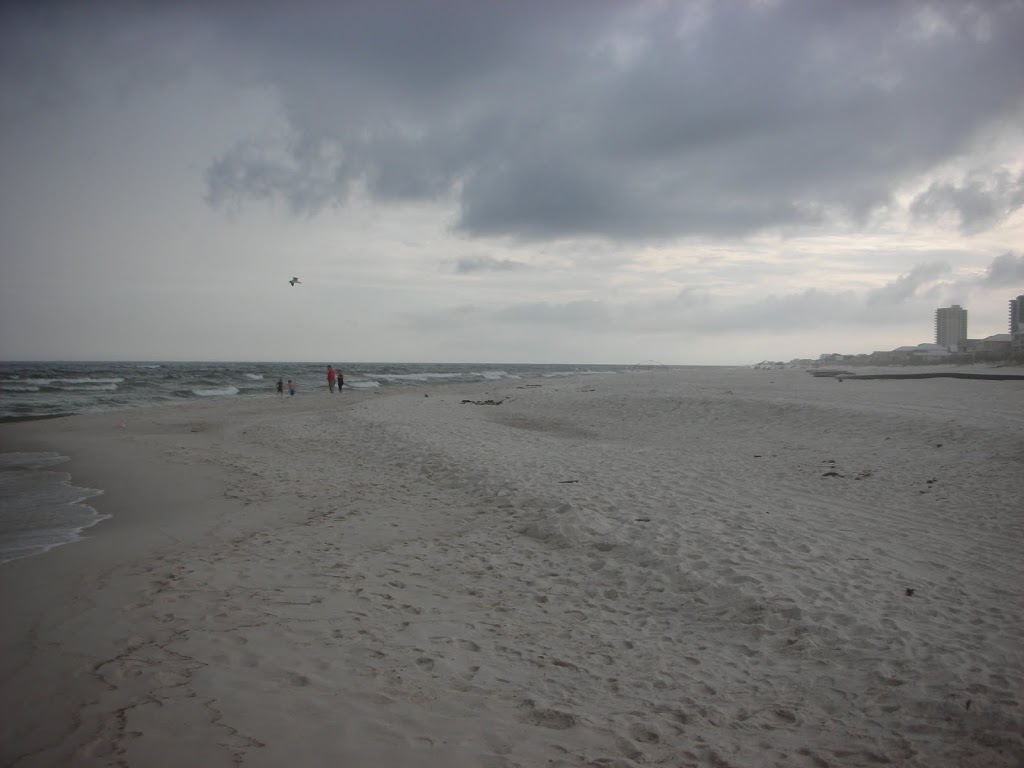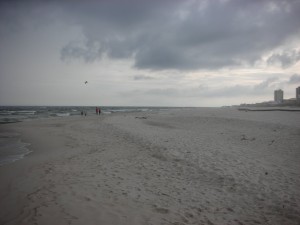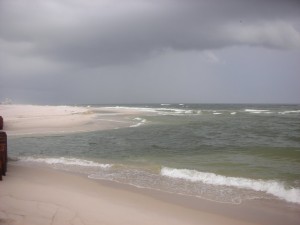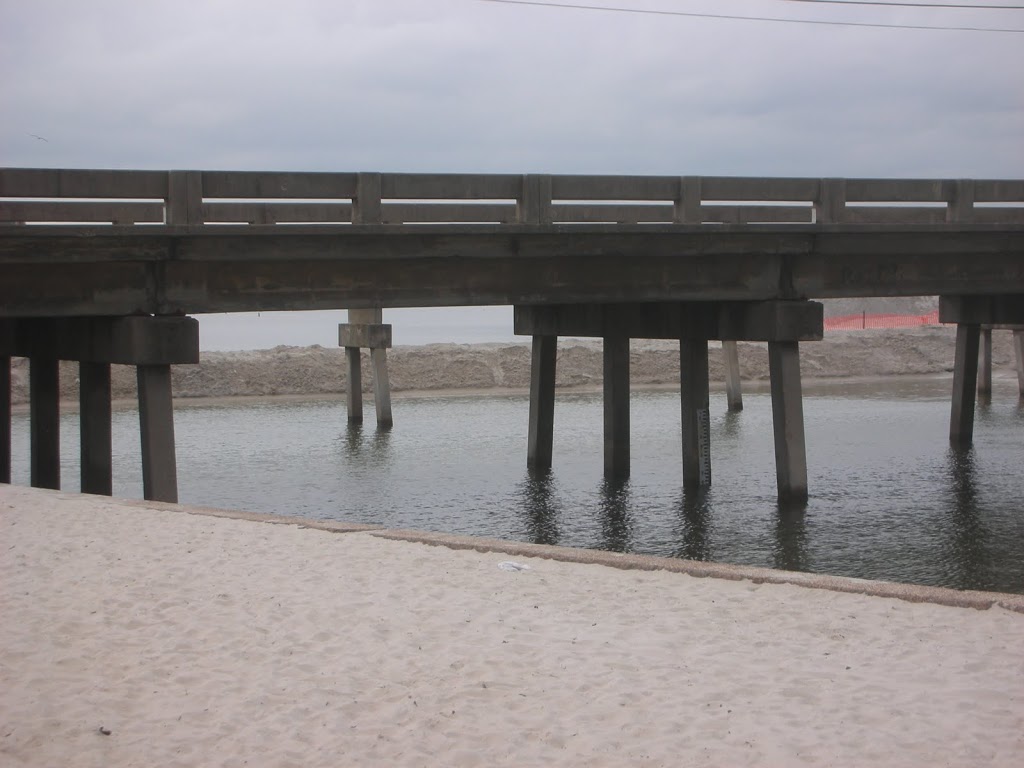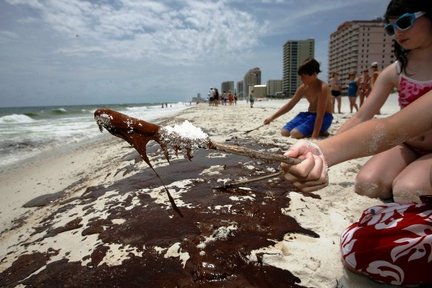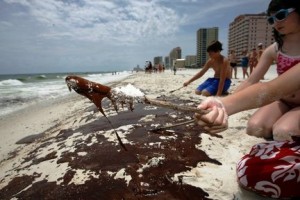Named Storm Alex was upgraded to Hurricane level status late Tuesday evening. The storm intensity continues to increase and this storm may make Category 2 strength before making landfall near the Texas/Mexico border late Wednesday evening, June 30 or early on Thursday, July 01. Regardless of exactly where the center of the storm comes ashore, this is a large width storm and will affect a very large area with coastal flooding from storm surge and huge amounts of localized rain. This will be mainly in southeastern Texas and eastern Mexico.
The northeastern quadrant of this storm continues to produce higher than normal tides and surf into Coastal Louisiana, Mississippi, Alabama and the northwestern portion of Florida. This is also pushing higher concentrations of oil slick onto shoreline areas and wetlands.
We will continue to monitor this dangerous storm and will post unofficial updates as necessary.
For up to the minute updates, please visit the NHC site below. Our next unofficial advisory will be posted as conditions warrant.
http://www.nhc.noaa.gov/
=============================================
“THIS IS NOT AN OFFICIAL ADVISORY. These updates and advisories are based upon information from our own computer models, NOAA, Local Weather Data Centers, deep water Buoy Data, and other publicly available sources. FOR THE SAFETY OF YOUR PROPERTY AND PERSON, please refer to your Local, State, and Federal Authority updates for Official Advisories and Orders. For up to the minute advisories and official updates, it is essential that you monitor your local Emergency Government, NOAA and Local Media Broadcasts. Please do not make personal safety decisions based upon information presented here in this Unofficial Advisory.”
============================================
